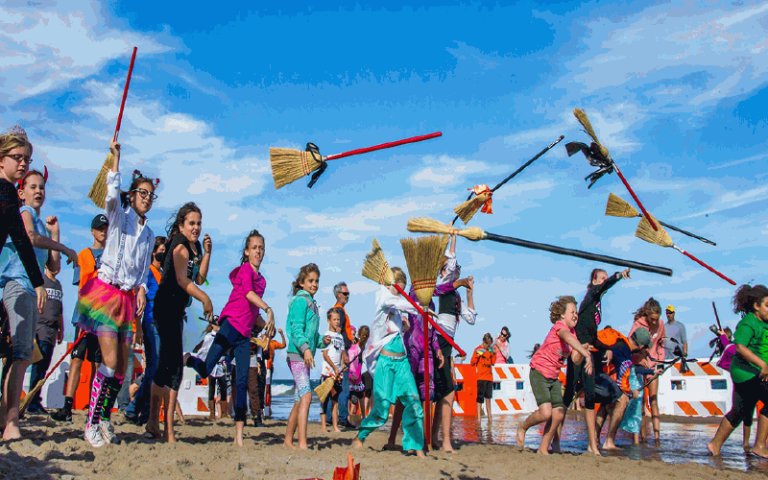Which is Not an Erosional Feature of Sea Waves
There are many erosional features of sea waves, but not all of them are created equal. Some are more destructive than others, and some may even benefit the environment. Here is a list of some of the most common erosional features of sea waves, along with a brief description.
One of the most common erosional features of sea waves is the formation of cliffs. However, not all sea waves are powerful enough to form cliffs. Some sea waves are so weak that they can barely move sand particles.
Therefore, the feature not an erosional feature of sea waves is the formation of ripples.
What is the Erosional Feature of the Sea Waves?
The sea stack is one of the most spectacular erosional features created by waves. A sea stack is a column of rock that has been eroded by wave action until it is isolated from the land. Sea stacks are often found along coastlines where there are strong wave currents.
The force of the waves crashing against the rocks creates a unique and beautiful landscape.
Which of the Following is Not an Erosional?
There are a few different types of erosion, but the main ones are hydraulic action, abrasion, and attrition. Hydraulic action is when water erodes rock and soil by moving it around. Abrasion is when rocks and soil are moved by wind or water and grind against each other.
Attrition is when rocks and soil break down into smaller pieces due to weight.
Which of the Following is Not an Erosional Shore Feature?
There are many different types of erosional shore features, but not all are created equal. One type of erosional shore feature that is often misunderstood is the spit. A spit is a narrow, elongated strip of land that projects into a body of water.
Spits are formed when waves linearly deposit sediment along the shoreline. This sediment can come from either the land or the water itself. While spits are commonly associated with beaches, they can also form in other environments, such as lakes and rivers.
While all of the above-mentioned erosional features are indeed created by wave action, not all of them are exclusively so. For example, another common type of shore feature known as a berm is also created through wave action; however, it can also be formed due to other factors, such as animals digging holes or humans building sand castles. Similarly, while most people associate dunes with deserts, they can form anywhere there is loose sand and enough wind to blow it around.
Some dunes even form underwater!
Is Sea Cliff an Erosional Feature of Sea Waves?
A Sea Cliff is an erosional feature of sea waves. Erosion is when rocks and other materials are worn away by water, ice, wind, or gravity. Over time, the force of the waves crashing against the cliffs can wear them down and cause them to collapse.
The rate at which this happens depends on the type of rock that makes up the cliff, as well as the strength of the waves.
The Depositional Feature of a Glacier is
A glacier is a large, slow-moving river of ice that forms over centuries as layers of snow accumulate and compress. The weight of the accumulating snow causes the lower layers to deform slowly and flow downhill. Glaciers can exist anywhere in the world with enough snowfall to form them, but they are most commonly found near mountain ranges or polar regions.
The depositional feature of a glacier is its terminus or endpoint. The terminus is where the glacier meets an unconfined body of water, such as a lake or ocean. As the glacier flows into this body of water, it melts and deposits sediments onto the bottom.
These sediments may be in the form of sand, gravel, boulders, or mud. The size and composition of the sediment deposited by a glacier depend on many factors, including the type of glacier (valley vs. continental), its size, rate of flow, and temperature.
Conclusion
There are many features of sea waves, but not all of them are erosional. For example, the crest of a wave is not an erosional feature because it is simply the highest point of the wave. On the other hand, the trough of the wave is an erosional feature because it represents the lowest point of the wave and can cause erosion when it collides with a shoreline.




